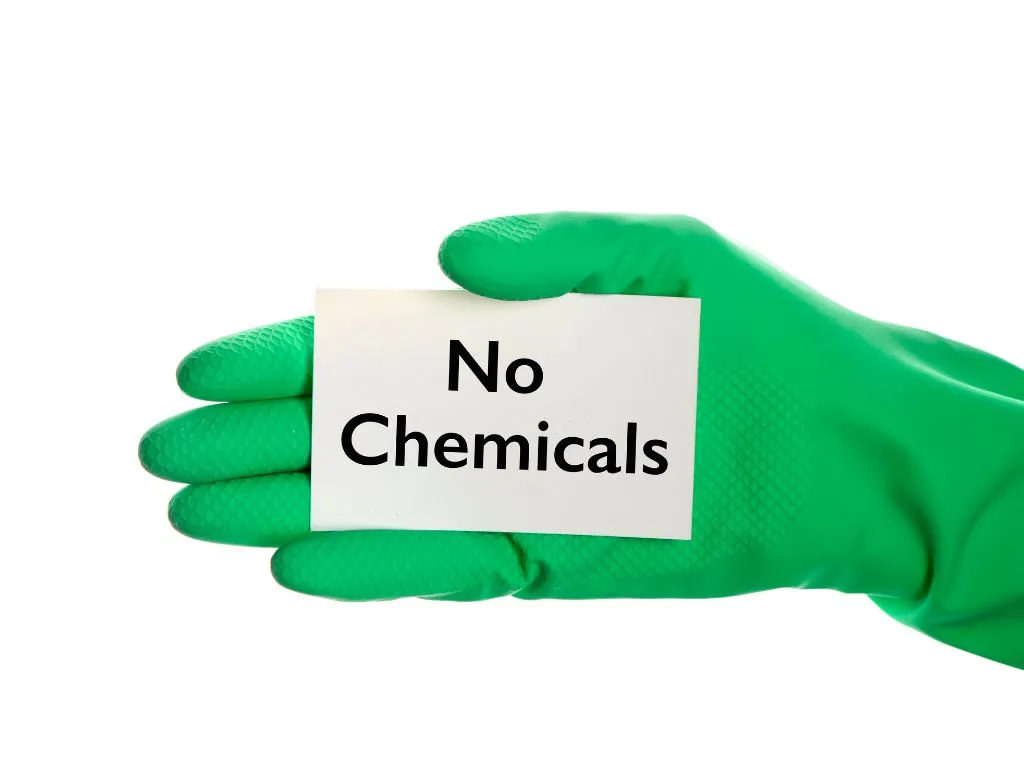- Home
- News Details
News Details

The European Commission has published its 2050 digital and green goals.
2023-02-16 Reference source : Europe
EU REACH Green & sustainable chemistry
A comprehensive plan that outlines more than 150 steps to assist business and government agencies in achieving the Green Deal and digital targets by 2050 has been released by the European Commission in collaboration with stakeholders. The main elements of the EU Green Deal are: Climate action, Clean energy, Sustainable industry, Buildings and renovations, Sustainable mobility, Eliminating pollution, Farm to Fork, Preserving biodiversity, Research and development as well as Preventing unfair competition from carbon leakage.
In order to support the Union's transition to a "toxic free" environment, climate neutrality, circular economy, and digitalization, the "Transition Pathway for the Chemical Industry" document, which was published on 27 January 2023, proposes steps, including safe and sustainable by design (SSbD) measures and substitution to safer substances.
Sustainable competitiveness is one of its 2050 "building blocks." Developing, commercialising, deploying, and encouraging the use of SSbD substances and materials are some of the proposals made to achieve this. Other suggestions include making sure that dangerous chemicals that are prohibited in the EU are not produced for export, by amending applicable legislation as needed.
A list of actions that stakeholders may do to encourage the transition to safer chemicals is also included in the document. As part of the new circular economy action plan, one phase is to adopt and enforce the Ecodesign for Sustainable Products Regulation (ESPR). To guarantee that consumer items don't include chemicals that cause cancer, gene mutations, disrupt the reproductive or endocrine systems, or are persistent, bioaccumulative, and hazardous, authorities should take action to expand the general approach to risk management. This suggests a new digital infrastructure where parties could share high quality data on chemical hazard profiles and the environmental impact of products. They could extend this to other chemicals, including those toxic to particular organs and those affecting the immune, neurological, or respiratory systems.
We acknowledge that the above information has been compiled from Europe.
Global Product Compliance (GPC) specializes in Global Regulatory Compliance Solutions across sectors
globally. SSS Europe, a familiar name in chemical regulatory and compliance services now formally belongs
under the umbrella of GPC Holding Sweden.
Since 2008, we have emerged as one of the leading names among Global Regulatory Compliance Service
Providers with Representation services in Europe, Asia and Middle East for respective chemical
regulations.


